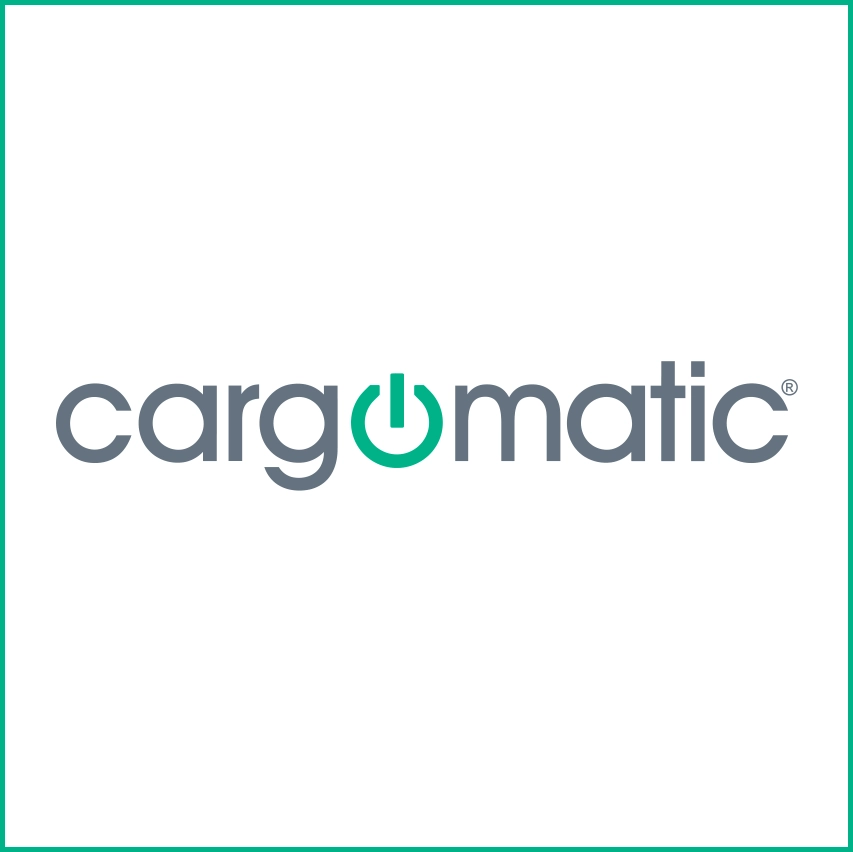Talent Acquisition in Supply Chain
The discovery of talent for any field requires a lot more than simple recruiting at times. Whereas the goal of recruiting is to quickly fill a role, the goal of talent acquisition is a continuous recruitment process that requires a lot of strategizing, and also aims to search and maintain talent for the long-haul. When it comes to the logistics industry there are several specific factors that have to be considered when acquiring new talent.
What does talent acquisition look like in the supply chain, specifically in regard to logistics?
For an episode of People on the Move, host Michelle Dawn Mooney talked to Sam Ahmed, the Principal Recruiter for the Talent Acquisition Team at Cargomatic. The two discussed Ahmed’s professional background, the logistics industry, and what procuring talent looks like in the logistics field.
Mooney and Ahmed talked more about …
- The basic strategies that go into talent acquisition
- The type of journey new talent can experience at Cargomatic
- What Cargomatic provides to the logistics industry
“Cargomatic is making great strides to bring new solutions to old problems in this industry and is therefore a recognized leader at the forefront of innovation and supply chain and logistics. This is one of the last Industries to be changed by any form of industrial and technological revolution. We are just starting to scratch the surface on digitization as an industry, and Cargomatic may well be the first to make major changes besides the physical — technology and AI,” said Ahmed.
Sam Ahmed is the Principal Recruiter for the Talent Acquisition Team at Cargomatic. He was previously a Consulting Partner with Whitehaven Consulting, Inc. Ahmed also has certification as a UX Project Manager.




